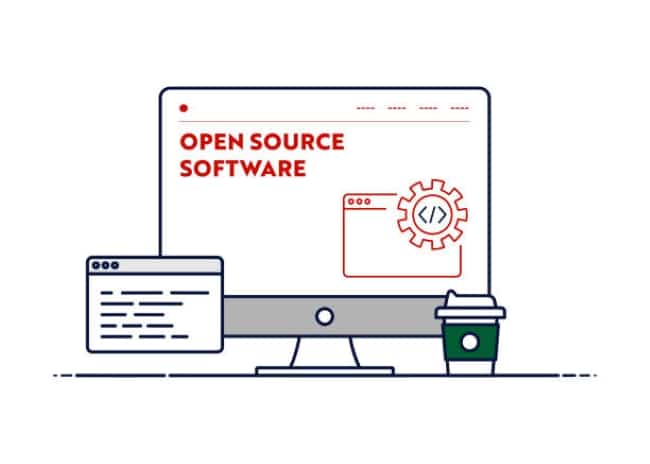A study from IIM-Bangalore indicates that by utilizing free and open-source software, schools and similar institutions could potentially save up to Rs 8,254 crore.
India could achieve significant savings of over Rs 8,300 crore in government expenditure on education and police through the use of free and open source software (FOSS), according to a recent study. This supports the central government’s emphasis on promoting such software within its Digital India initiative.
In a detailed assessment led by Rahul De, Hewlett-Packard Chair Professor at the Indian Institute of Management Bangalore, it’s estimated that schools and other educational entities could save around Rs 8,254 crore with FOSS adoption. Concurrently, police departments stand to save approximately Rs 51.20 crore.
This research, titled ‘Economic Impact of Free and Open Source Software Usage in Government,’ examined the practices of education and police departments in seven states from October 2013 to April 2014. De commented that the results are pertinent to many areas of e-governance, especially since they often lean on specific platforms and service delivery methods.
One major revelation was that adopting open-source software can significantly reduce costs while fostering a proactive approach to technology among officials. Despite these benefits, decision-makers have a noticeable hesitancy, particularly in sectors dominated by vendors. Many, for instance, expressed more comfort with recommending proprietary software over FOSS.
Recently, the government has embraced policies that favour creating, acquiring, and distributing open-source software for government applications. The goal is to bolster such services’ efficiency, reliability, and affordability.
De believes the government can further align with the “Make in India” initiative by leveraging open-source licenses and sharing with the broader FOSS community. He cites the potential of projects like the e-office mission mode to benefit other countries, particularly given India’s stature in IT.
De and his team employed various research methods to gather data, including field visits and right-to-information applications. Their study spanned several states, focusing on those contemplating or already employing FOSS.
Kerala stood out as a state making effective use of FOSS in its education sector, resulting in substantial cost savings and fostering an active, hands-on technological culture among educators and students. In contrast, other states primarily relied on proprietary software.
The study also indicated that vendor reliance often steers states towards proprietary software, leading to exorbitant licenses, training, and maintenance costs. This vendor dependence is evident in large projects like the Crime and Criminal Tracking Network and System (CCTNS), which connects police stations and crime record bureaus.
Despite the potential benefits of FOSS, many police departments have yet to adopt it fully. The study also shed light on the costs of maintaining proprietary systems. The annual upkeep for a Windows-based desktop in a police department was over Rs 12,000.
The study highlighted a communication gap within police departments concerning software choices, with many stating decisions were made by higher authorities rather than local implementers. This contrasts with the CCTNS policy, which suggests that software decisions should be collaborative between state implementers and system integrators.










































































